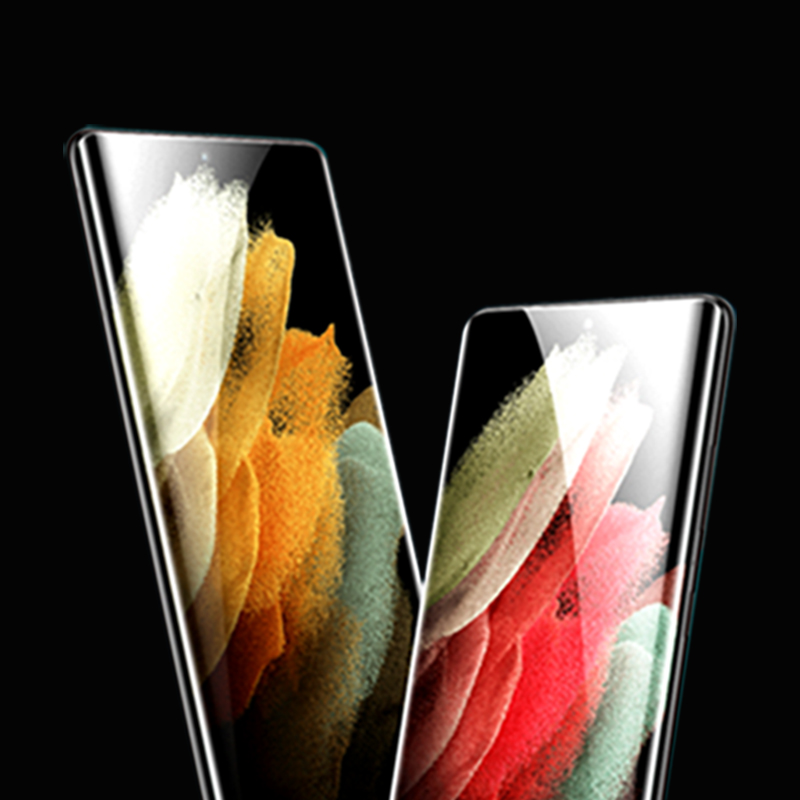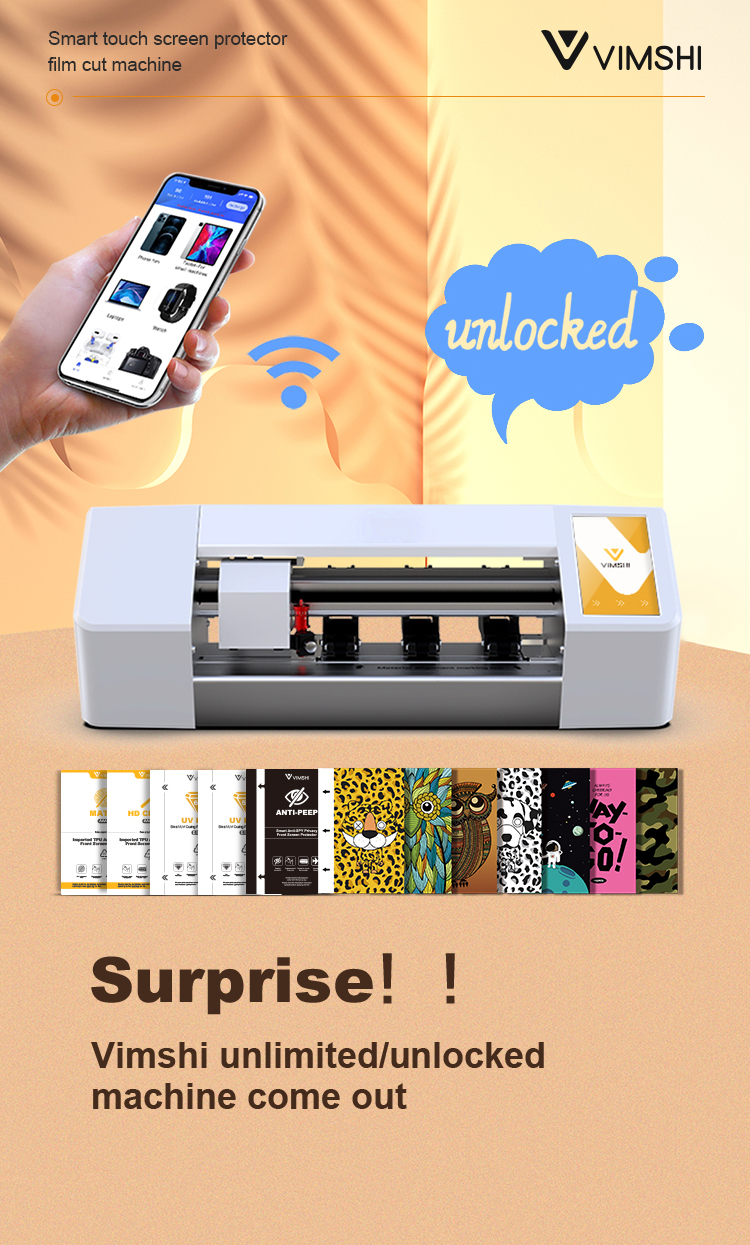The first iPhone had no smartphone screen protection (circa 2007). Steve Jobs famously complained that it was nicked and scratched after a few days in his pocket.
Enter Corning Glass offering Gorilla Glass (GG Gen 1), and that was the last iPhone with no smartphone screen protection. But as all too many iPhone users found, it was not until GG 6 (2018) that their screens had any drop resistance. Hydrogel Protector

Since iPhone 12 (2020), Apple has used Ceramic Sheild (its marketing term), which is a form of Gorilla Glass modified by heat and a nucleating agent (silver or titanium) to strengthen the glass further. The GG equivalent is Victus and later V2.
Today there are several types of smartphone screen protection ranging from plastic or tempered glass overlays to Gorilla Glass Victus 2. Some add a degree of drop resistance as well as scratch resistance.
If the brand/model does not state any protection level, you can count on it being a laminated plastic sheet. These have a Mohs hardness level of 2 – a fingernail is 2.5! Some use better quality TPU that may get to 3.
It is a strong rival for Corning GG. It uses a chemical float process at least six times stronger than standard soda lime glass. Regrettably, it does not publish its characteristics, so we have made some assumptions based on our use.
Under Made in China 2025 – a policy with intended consequences, there is a plethora of home-grown glass protection makers. Most use soda glass and heat to temper it. This provides scratch resistance but makes it very brittle. We know of none that have released products equivalent to Gorilla or Dragontrail glass, and certainly not at .2mm thickness.
There are no standards for third-party screen protectors.
Most have a scratch-resistant Si02 sacrificial coating on one side and adhesive on the other. Some have an anti-glare finish but at the expense of screen brightness. These are fingerprint magnets, have no impact resistance at all and can cause the screen to look ‘softer’. They are also difficult to apply and remove air bubbles.
These have better scratch resistance, are resistant to fingerprints, oil, grease, and have high screen clarity. Like PET, they offer no impact resistance and are hard to apply. They are also marketed as Hydrogel.
Range from .2mm to over .5mm (laminated). Makers buy soda-lime glass sheets (or the more expensive AGC Dragontrail X) and laser cut to suit different brands and models. You will likely see a 9H hardness rating. This is a rubbish marketing term – they are closer to 4.5 Mohs (ordinary steel). They will protect against coins, keys, and light impact, usually sacrificing itself to protect the screen. The thicker laminated screen protectors can interfere with touch screens, and you must use ‘glove’ mode (if available).
Glass cannot be liquid (only at its melting point), and you can’t simply rub it on to get a claimed 9H hardness. It also needs re-application at least each year. It uses Silicone Dioxide (SiO2), basically the same as used on PET protectors. The oleophobic (resists smudging) coating is less than 100 nanometres (a human hair is 80,000 nanometres). Summary – basically BS.
Avoid any screen protector that uses Ultraviolet light and chemicals to bond to the original screen. You can’t easily remove them, often breaking the screen.
If your phone screen has curved edges, ensure you get a protector that fits over these edges and meets the frame. Flat protectors offer little edge protection against drops.
Forget PET, TPU/Hydrogel and Liquid Glass – all snake oil claims and, at best, provide a thin sacrificial layer to protect the glass.
If you have Gorilla or Dragontrail protection, then that is all you need. By all means, add a protector for peace of mind.
Tempered Glass is the only protection that makes sense. Then you need to look past the marketing hype like ultra-clarity, 9H (the strongest tempered glass screen protectors are around 6 Mohs) and ensure that it is easily applied and removed (forget UV and liquid adhesive BS).
And don’t forget that most tempered glass protectors are cut from the same material, so don’t be fooled by clever marketing terms. A $10 glass protector is as good as a $50 one! Check eBay for deals.
Adding a bumper cover style case that wraps over the frame to the glass is wise, as it provides better corner drop protection than a glass protector.
Note below: (L) Tempered Glass, (M) TPU, and (R) PET.
Your email address will not be published. Required fields are marked *
Save my name, email, and website in this browser for the next time I comment.

16 Inches HD Laptop Hydrogel Film CyberShack offers consumers a one-stop-shop for the most current information in the tech space, including news, lifestyle and products, as well as reviews on the latest gadgets and games. It also runs competitions and has links to the latest episodes of Cybershack TV.